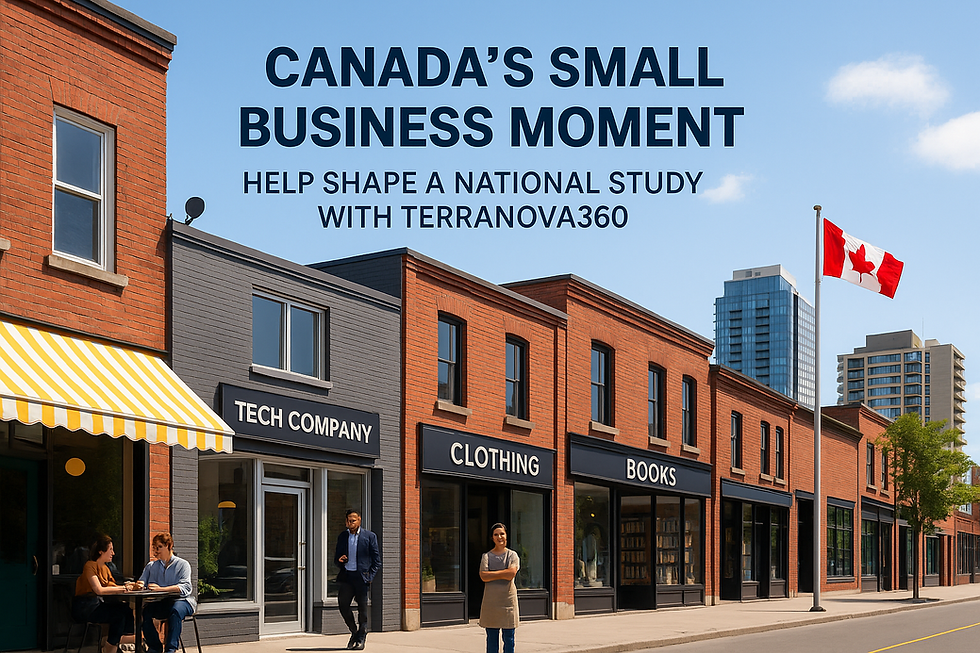“The Godfather of AI” says intellectually mundane jobs will disappear.
- john90345
- 3 days ago
- 2 min read

For CPG, retail, and marketing , the clock is ticking.
In a recent interview, Geoffrey Hinton, the pioneering AI researcher often called the Godfather of AI, warned that AI will soon replace most routine intellectual work.
“One person with AI will be able to do the work of ten.”
It’s a sobering statement. While most automation conversations have focused on blue-collar labor, Hinton is directing our attention to something different: Jobs that don’t require high-level creativity or physical dexterity, but do involve pattern recognition, rule-following, and decision trees, are on the chopping block.
In the CPG and Retail world, that’s a massive wake-up call.
Here’s how this hits home:
Supply Chain & Operations
AI is already outperforming humans in demand forecasting, inventory management, and shelf optimization.
Tools like predictive analytics can now adjust production or distribution in real time based on consumer signals,something that once took entire teams and dashboards.
Pricing & Promotion
Algorithms manage dynamic pricing models that adjust for real-time demand, competitor activity, and consumer behavior.
Trade spends, coupons, and markdown strategies are being managed by AI to optimize both volume and margins.
Retail Experience & Customer Service
AI-driven chatbots and digital shelf assistants are replacing frontline support roles, from order tracking to product recommendations.
In-store, retailers are piloting AI vision systems to monitor inventory, foot traffic, and even shopper sentiment.
And in Marketing, the shift is even faster:
What’s already being automated:
Ad targeting and media buying through programmatic platforms
Copywriting and content scaling with generative AI tools
Email campaign optimization based on real-time engagement
Visual asset testing using consumer eye-tracking simulations
What AI can’t do (yet):
Build lasting brand identity and emotional resonance
Interpret culture, nuance, and local insight
Drive big-picture strategy across fragmented channels
But here’s the kicker: those “strategic” roles are fewer in number. The future marketing team will be leaner, faster, and more tech-savvy by design.
So what should leaders in these industries do now?
1. Redesign roles, not just reduce headcount.
Use AI to absorb repetitive tasks but reassign talent to higher-value activities: strategic planning, cross-functional collaboration, brand building.
2. Upskill across the board.
Don’t silo AI knowledge to data teams. Everyone, from brand managers to category leads, should understand how AI works, where it adds value, and how to critically assess its outputs.
3. Shift from “AI pilot projects” to real transformation.
Many companies are still testing AI in isolated use cases. It’s time to integrate it into the core business, backed by training, change management, and new KPIs.
4. Don’t lose the human touch.
Whether you’re designing packaging or running an Instagram campaign, the human elements, humour, empathy, insight, still win loyalty. AI can’t replace that. But it can free you up to focus on it.
Final thought:
AI isn’t coming for jobs. It’s coming for tasks.
The companies that survive and thrive will be the ones that rethink job design, empower their people to adapt, and use AI to augment, not just replace.
How is your team adapting to this shift? I’d love to hear how others in CPG, retail, and marketing are rethinking their workflows.
Let’s talk. The future of work is being built right now.



Comentarios